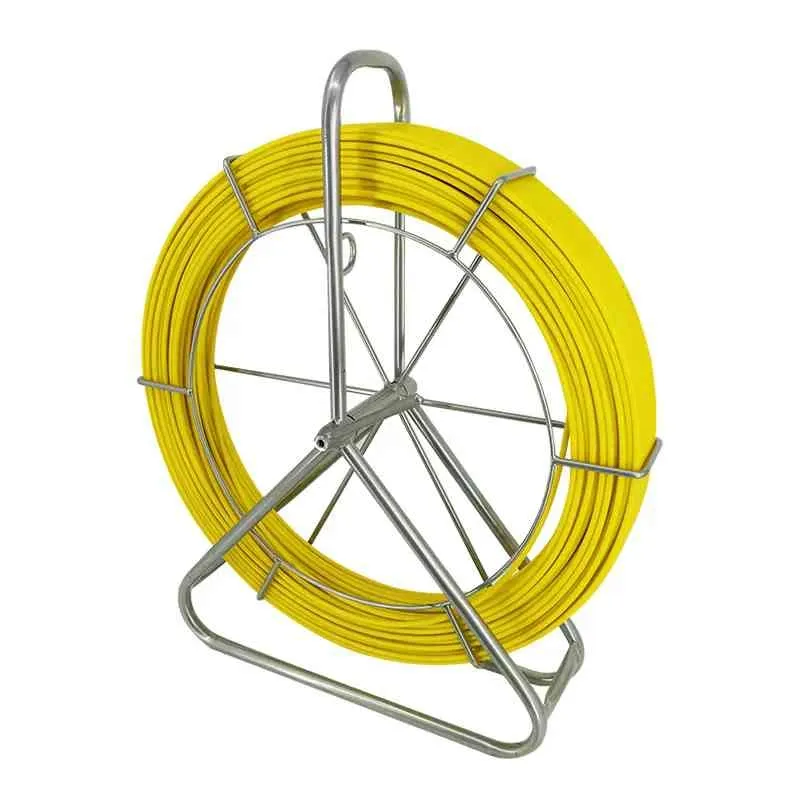
-
 Afrikaans
Afrikaans -
 Albanian
Albanian -
 Amharic
Amharic -
 Arabic
Arabic -
 Armenian
Armenian -
 Azerbaijani
Azerbaijani -
 Basque
Basque -
 Belarusian
Belarusian -
 Bengali
Bengali -
 Bosnian
Bosnian -
 Bulgarian
Bulgarian -
 Catalan
Catalan -
 Cebuano
Cebuano -
 Corsican
Corsican -
 Croatian
Croatian -
 Czech
Czech -
 Danish
Danish -
 Dutch
Dutch -
 English
English -
 Esperanto
Esperanto -
 Estonian
Estonian -
 Finnish
Finnish -
 French
French -
 Frisian
Frisian -
 Galician
Galician -
 Georgian
Georgian -
 German
German -
 Greek
Greek -
 Gujarati
Gujarati -
 Haitian Creole
Haitian Creole -
 hausa
hausa -
 hawaiian
hawaiian -
 Hebrew
Hebrew -
 Hindi
Hindi -
 Miao
Miao -
 Hungarian
Hungarian -
 Icelandic
Icelandic -
 igbo
igbo -
 Indonesian
Indonesian -
 irish
irish -
 Italian
Italian -
 Japanese
Japanese -
 Javanese
Javanese -
 Kannada
Kannada -
 kazakh
kazakh -
 Khmer
Khmer -
 Rwandese
Rwandese -
 Korean
Korean -
 Kurdish
Kurdish -
 Kyrgyz
Kyrgyz -
 Lao
Lao -
 Latin
Latin -
 Latvian
Latvian -
 Lithuanian
Lithuanian -
 Luxembourgish
Luxembourgish -
 Macedonian
Macedonian -
 Malgashi
Malgashi -
 Malay
Malay -
 Malayalam
Malayalam -
 Maltese
Maltese -
 Maori
Maori -
 Marathi
Marathi -
 Mongolian
Mongolian -
 Myanmar
Myanmar -
 Nepali
Nepali -
 Norwegian
Norwegian -
 Norwegian
Norwegian -
 Occitan
Occitan -
 Pashto
Pashto -
 Persian
Persian -
 Polish
Polish -
 Portuguese
Portuguese -
 Punjabi
Punjabi -
 Romanian
Romanian -
 Russian
Russian -
 Samoan
Samoan -
 Scottish Gaelic
Scottish Gaelic -
 Serbian
Serbian -
 Sesotho
Sesotho -
 Shona
Shona -
 Sindhi
Sindhi -
 Sinhala
Sinhala -
 Slovak
Slovak -
 Slovenian
Slovenian -
 Somali
Somali -
 Spanish
Spanish -
 Sundanese
Sundanese -
 Swahili
Swahili -
 Swedish
Swedish -
 Tagalog
Tagalog -
 Tajik
Tajik -
 Tamil
Tamil -
 Tatar
Tatar -
 Telugu
Telugu -
 Thai
Thai -
 Turkish
Turkish -
 Turkmen
Turkmen -
 Ukrainian
Ukrainian -
 Urdu
Urdu -
 Uighur
Uighur -
 Uzbek
Uzbek -
 Vietnamese
Vietnamese -
 Welsh
Welsh -
 Bantu
Bantu -
 Yiddish
Yiddish -
 Yoruba
Yoruba -
 Zulu
Zulu


Aug . 21, 2024 03:33 Back to list
Lever Hoist Block for Efficient Lifting Solutions in Construction and Industry
Understanding Lever Hoist Blocks Essential Tools for Heavy Lifting
In the world of material handling and heavy lifting, the lever hoist block stands out as a crucial device used across various industries. This mechanical tool, often called a lever block or chain hoist, is designed to make the lifting and lowering of heavy loads much more manageable and efficient. Understanding its components, operation, and applications can provide insights into why these devices are indispensable for both safety and productivity.
Components of a Lever Hoist Block
A typical lever hoist block consists of several key components the lever arm, the load chain, the hook, and the ratchet mechanism. The lever arm, which is manually operated, provides the mechanical advantage needed to lift heavy objects. By pulling down on the lever, the user can engage the ratchet and lift the load through a chain that winds and unwinds around a sprocket.
The load chain is constructed from durable materials, designed to withstand significant weight and prevent wear or breakage during operation. It typically features a system of links that fit securely into the ratchet mechanism, providing a reliable grip on the load. Additionally, the hook is designed to securely attach to the load, preventing accidents during lifting or lowering operations.
Operational Mechanism
The lever hoist block operates on a simple mechanical principle the use of leverage. When the user pulls down on the lever arm, it multiplies the force applied, making it possible to lift heavier loads with less effort. This force multiplication is especially beneficial in situations where heavy lifting is required, such as in construction, warehouse operations, or during machinery maintenance.
The ratchet mechanism ensures that the load remains secured at the desired height after lifting. It locks into place, preventing any accidental descent of the load, which is crucial for worker safety. To lower the load, the user merely needs to disengage the ratchet and slowly pull the lever in the opposite direction, releasing the tension carefully.
lever hoist block

Applications in Various Industries
Lever hoist blocks find applications in a wide range of industries. In construction, they are commonly used for lifting heavy materials such as beams, trusses, and equipment. Their portability and ease of use make them ideal for job sites where larger cranes cannot operate efficiently.
In warehouses and distribution centers, lever hoists assist in the movement of heavy pallets, machinery, and equipment. Their compact design allows for use in tight spaces, where traditional lifting equipment might struggle to fit.
Moreover, maintenance operations in sectors like manufacturing and shipping often require the lifting of heavy machines for repairs or inspections. Lever hoist blocks are vital in these situations, allowing technicians to perform their work safely and efficiently.
Safety Considerations
While lever hoist blocks are invaluable tools, safety should always be a top priority. Users must be trained in proper lifting techniques and the specific operation of the hoist to prevent accidents. Regular inspections of the hoist components, including the load chain and hooks, are essential to ensure their reliable performance.
In conclusion, lever hoist blocks play an essential role in heavy lifting operations across various industries. Their mechanical advantages not only facilitate the safe handling of heavy loads but also improve overall efficiency in the workplace. By understanding their function, applications, and safety measures, users can leverage this powerful equipment effectively, ensuring both productivity and safety in their lifting tasks.
Latest news
Understanding Earth Wiring and Grounding: Essential Components for Electrical Safety
NewsAug.15,2025
The Ultimate Guide to Cable Pulling Tools and Equipment for Efficient Installations
NewsAug.15,2025
Streamline Your Projects with Advanced Cable Pulling Equipment
NewsAug.15,2025
Simplify Cable Installation with Advanced Cable Pulling Tools and Equipment
NewsAug.15,2025
Essential Guide to Link Sticks and Hot Sticks for Electrical Safety and Line Work
NewsAug.15,2025
Efficient Solutions for Cable Installation: Your Guide to Cable Pulling Winches and Equipment
NewsAug.15,2025








